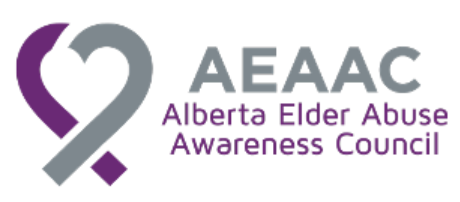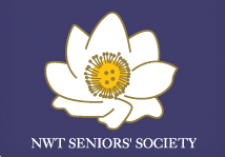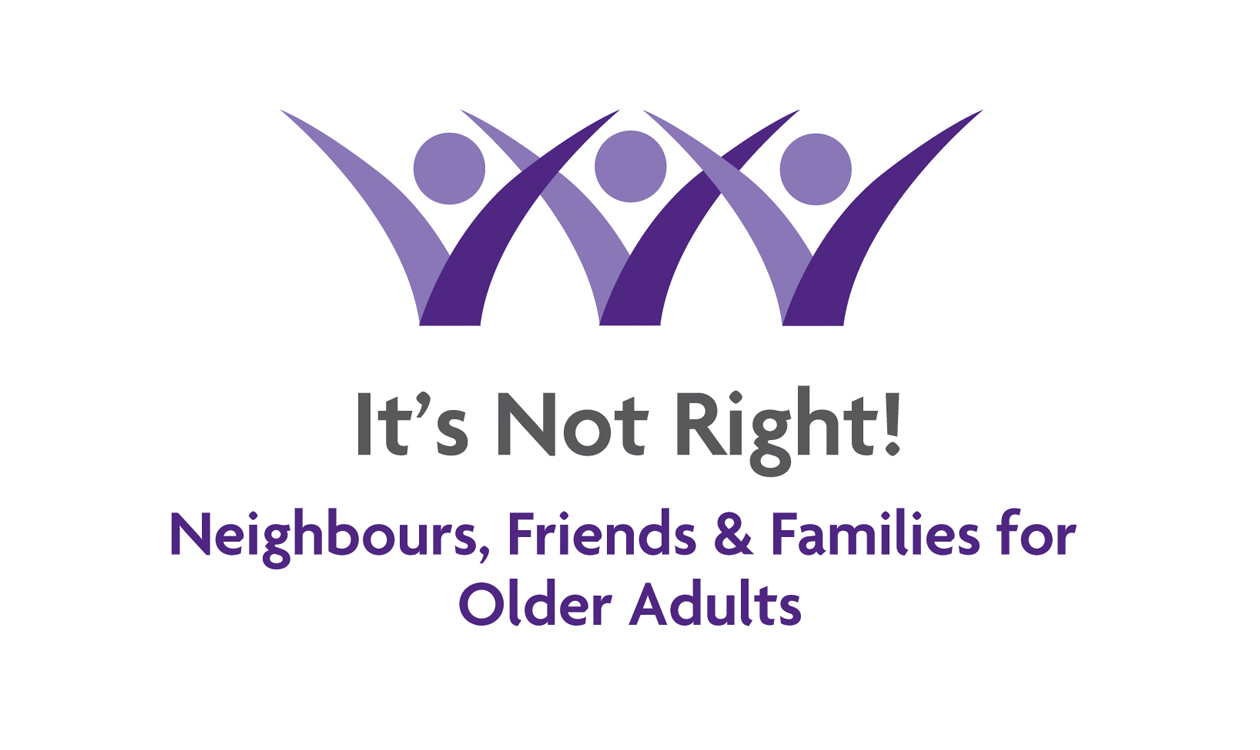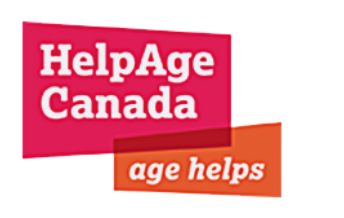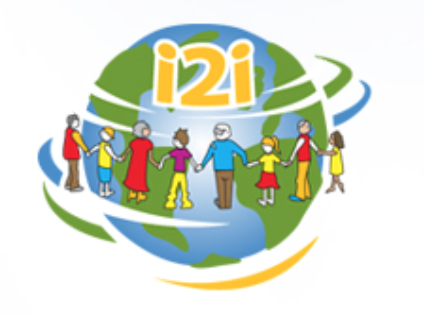- Details
- Published: 28 May 2014
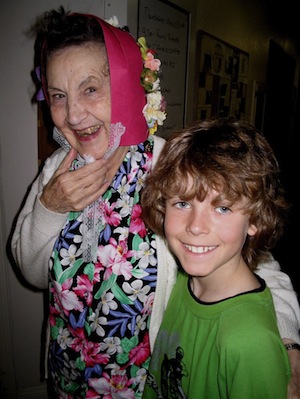 Interview with Sharon Mackenzie, Founder/Executive Director of i2i
Interview with Sharon Mackenzie, Founder/Executive Director of i2i
“That was one of the richest mornings of my life. You have charged the seniors’ lives with more energy and openness, and charged the students’ lives with more compassion. Wow! It is indeed a model for Canada.” Shelagh Rogers (CBC Sounds Like Canada), commenting on her visit to an i2i classroom
CNPEA: Tell us a little bit about your project.Sharon: The i2i Intergenerational Society grew out of a decade of intensive research that involved over 400 British Columbian children and older adults in the unique Intergenerational Immersion Model, The Meadows School Project. For two months thirty intermediate students moved into a makeshift classroom at a retirement home. The two generations dovetailed their calendars, combining curriculum, public service and one-on-one buddy meetings. Residents, students, staff, parents, children of the residents and school administration applauded the life-changing outcomes of the initiative. After seven years our society was established to:
- Inform others of the health, social and educational benefits of intergenerational involvement
- Assist in envisioning, implementing and sustaining respectful and purposeful intergenerational relationships.
We stage three levels of intergenerational bridge building:
- Baby steps- one time, brief interaction. For example, pre-school visits to a care home to perform a song for senior audience
- Mama steps- organized ongoing involvement, up to 90 m/wk, or monthly. For example, teens visiting to play board games
- Full immersion- Meadows School Project
Sharon: This work is important because:
- It dramatically improves mental, physical, emotional and social health at a remarkably low cost by:
- Connecting individuals from generations that are both confronted by ageism, ie children and seniors;
- Providing opportunities and time for friendship, trust, empathy and understanding to develop on a one-to-one basis; and
- Reducing isolation and loneliness
- It strengthens links between generations, building a more resilient community network.
- It reduces mistreatment in the future of all ages by instilling empathy and understanding across generations.
Intergenerational learning is proactive and counteracts ageism. If we invest in proactive, intergenerational learning opportunities now, then by the time today’s young reach adulthood, they will have an enlightened attitude towards ageing. Last year (2013) we entered Meadows School Project into the IFA International Innovative Intergenerational Solidarity Competition. Our project was short listed with five in the world. The judges, chaired by Dr. Beard, UN WHO, stated, “this project demonstrates forward-thinking advancements… and should be adopted worldwide.”
CNPEA: What does the curriculum cover?Sharon: In the immersion project, there are three components: the government mandated curriculum, public service and 1-on-1 relationships. The students continue to follow their government-mandated curriculum with the teacher selecting appropriate topics for the intergenerational setting (e.g. history, geography, development and aging of the body, healthy lifestyles, story writing, reading, art, music, etc.). The second component is service, teaching students about work ethic and giving back within community (e.g. table setting, raking, etc). The third is a 1-on-1 component to build relationships (e.g. playing cards or visiting together).
CNPEA: What excites you most about this project?Sharon: It is possible! It works! We can do this, collaboratively, and it is fun and simple. It does not require that you spend money. Instead it only needs you to do things differently: ‘put on intergenerational glasses’ and see how you can do what you have always done, but do it with an intergenerational perspective. We can help build real understanding between real people of different generations by merely giving them opportunities to become friends. Older adults and children are more the same than different and their joy in discovering this is what makes this approach irresistible. Respectful intergenerational relations are the building blocks to our future as a society.
CNPEA: How does your project address ageism?Sharon: We address communication: face-to-face, eye-to-eye, minimize distractions and background noise, rephrase to assist understanding, say what you mean, mean what you say, be polite, smile. We create opportunities for children and older adults to meet as one person to another. In building their relationships, they eventually find they share many things in common all the way from loneliness, to the same birth month or perhaps a hearing disability. They inadvertently work through the issues of ageism together while becoming respectful and empathetic friends. In every one of our immersion projects, the children, when asked by parents how their visits with the seniors are going, have responded: “they’re not seniors, they are my friends.”
CNPEA: Earlier you mentioned something about giving responsibility to kids and older adults? Can you tell me more about that?Sharon: It’s about doing WITH as opposed to doing FOR. As health care workers of aging adults and educators of the young, we are great as socially responsible citizens. We are caretakers of others and watch out for their best interests. But where I see us really missing a tremendous opportunity is in the area of personal responsibility. As teachers and health care workers we often do FOR. In fact a much stronger approach is to do WITH—a true collaborative approach. That is a healthy empowering participatory mode for everyone. I did a presentation for the National Seniors Council and the banner they displayed said ‘Working FOR Seniors’. As I stood up to present I mentioned that I thought their banner should say ‘Working WITH Seniors’. Most seniors are perfectly capable of doing things FOR themselves with only some facilitating assistance. Why would we not consider their contribution as extremely valuable, cost effective and—as the senior demographic broadens—sustainable? The mistake we make, in good faith, both for senior adults and children, is taking away self-dependence and interdependence. What our real job should be is as facilitators to empower youth and older adults to work together on their own collaborative initiatives. We still need to be there, but as partners not leaders. At i2i we have had success with our projects because they are built with collaboration from the onset. Even our Board ranges from a 23 year old President to a 99 year-old Board member. We know that you have to be the change you want to see. Intergenerational Day is now recognized in many communities across Canada on June 2010. Learn more about the i2i Intergenerational Society.




